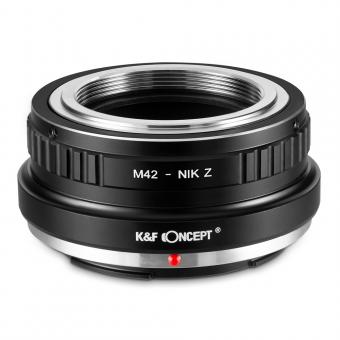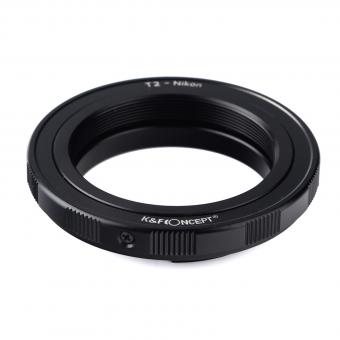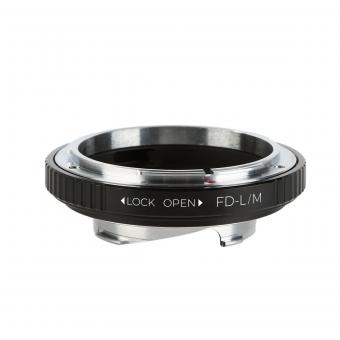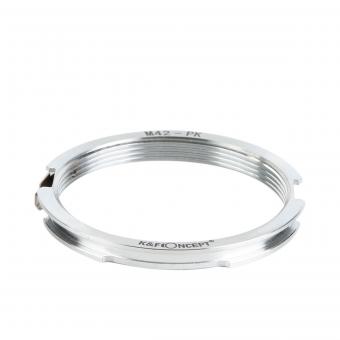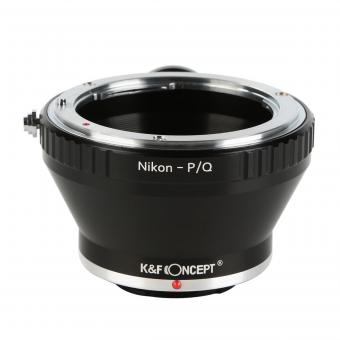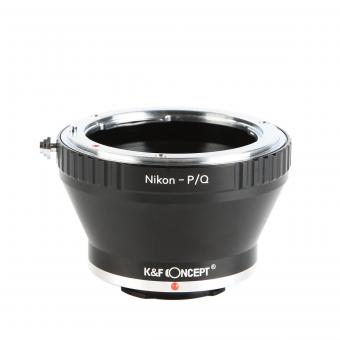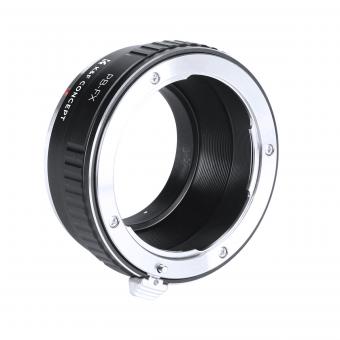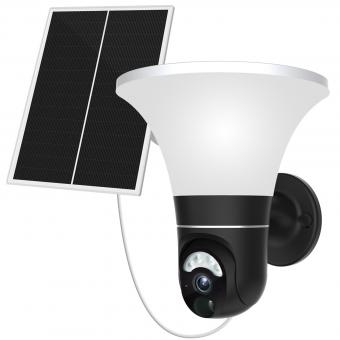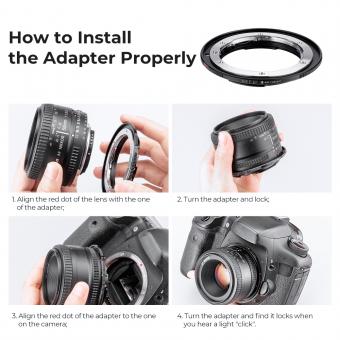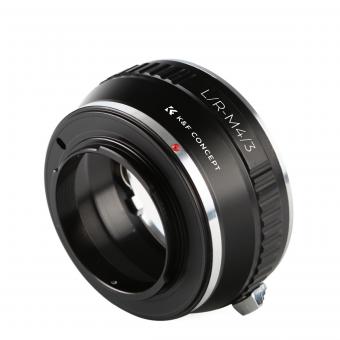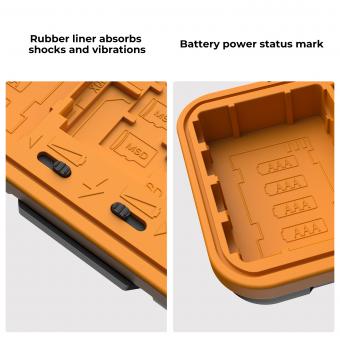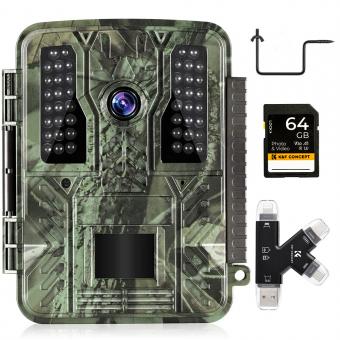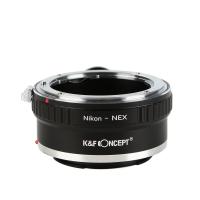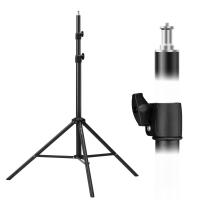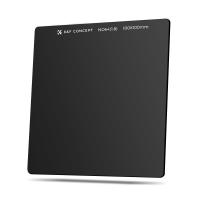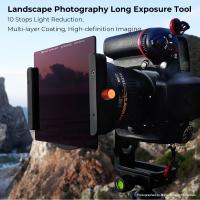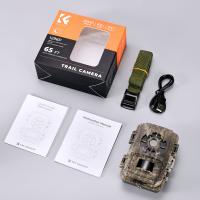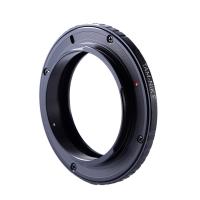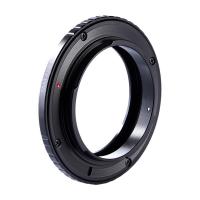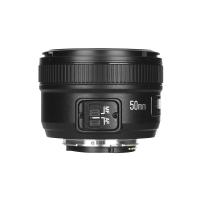Can You Hardwire Blink Floodlight Camera ?
Yes, the Blink Floodlight Camera can be hardwired for power using the included mounting bracket and wiring kit. This allows for a more permanent installation and eliminates the need for battery changes. However, it is important to note that the camera still requires a Wi-Fi connection for remote viewing and alerts.
1、 Wiring Requirements for Blink Floodlight Camera
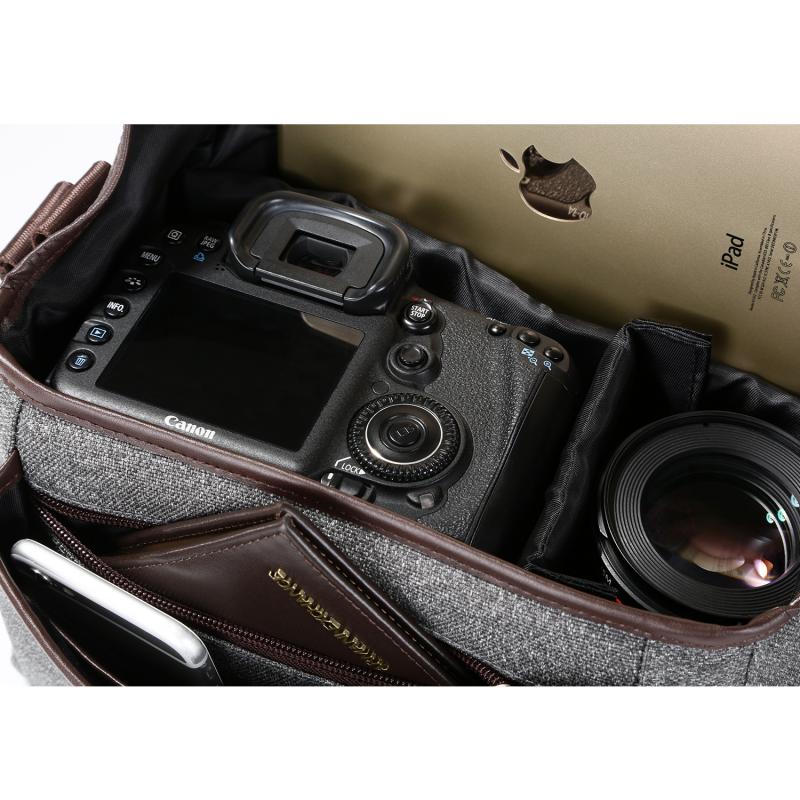
Wiring Requirements for Blink Floodlight Camera
The Blink Floodlight Camera is a wireless security camera that can be easily installed without the need for any wiring. However, if you prefer a more stable and reliable connection, you can hardwire the camera to your home's electrical system.
To hardwire the Blink Floodlight Camera, you will need to follow a few wiring requirements. First, you will need to ensure that you have a junction box near the installation location. The junction box should be connected to a power source and have a switch to turn the power on and off.
Next, you will need to run a cable from the junction box to the camera's mounting location. The cable should be rated for outdoor use and be able to handle the voltage and amperage required by the camera.
Once the cable is in place, you can connect it to the camera's power supply. The power supply should be rated for the same voltage and amperage as the cable and should be able to handle the power requirements of the camera.
Overall, hardwiring the Blink Floodlight Camera can provide a more stable and reliable connection, but it does require some additional wiring and installation steps. It is important to follow the manufacturer's instructions and consult with a licensed electrician if you are unsure about any aspect of the installation process.
2、 Tools Needed for Hardwiring Blink Floodlight Camera
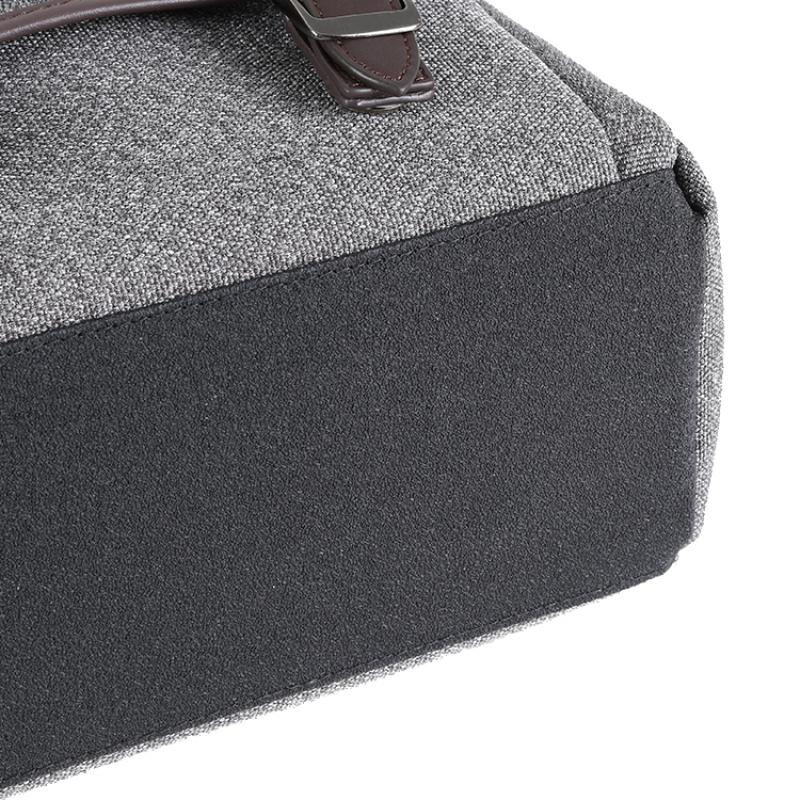
Can you hardwire Blink Floodlight Camera? Yes, you can hardwire the Blink Floodlight Camera. Hardwiring the camera provides a more stable power source and eliminates the need for frequent battery replacements. However, it requires some electrical knowledge and skills to complete the installation process.
To hardwire the Blink Floodlight Camera, you will need to connect the camera to a power source using a low voltage transformer. You will also need to run a cable from the transformer to the camera location and install a junction box to connect the wires.
Tools Needed for Hardwiring Blink Floodlight Camera include a low voltage transformer, a junction box, wire strippers, wire nuts, electrical tape, and a drill. You may also need a ladder, a screwdriver, and a level to mount the camera.
It is important to follow the manufacturer's instructions and safety guidelines when hardwiring the Blink Floodlight Camera. If you are not comfortable with electrical work, it is recommended to hire a professional electrician to complete the installation.
In conclusion, hardwiring the Blink Floodlight Camera is a great option for those who want a more reliable power source and do not want to deal with frequent battery replacements. However, it requires some electrical knowledge and skills to complete the installation process safely and correctly.
3、 Steps to Hardwire Blink Floodlight Camera
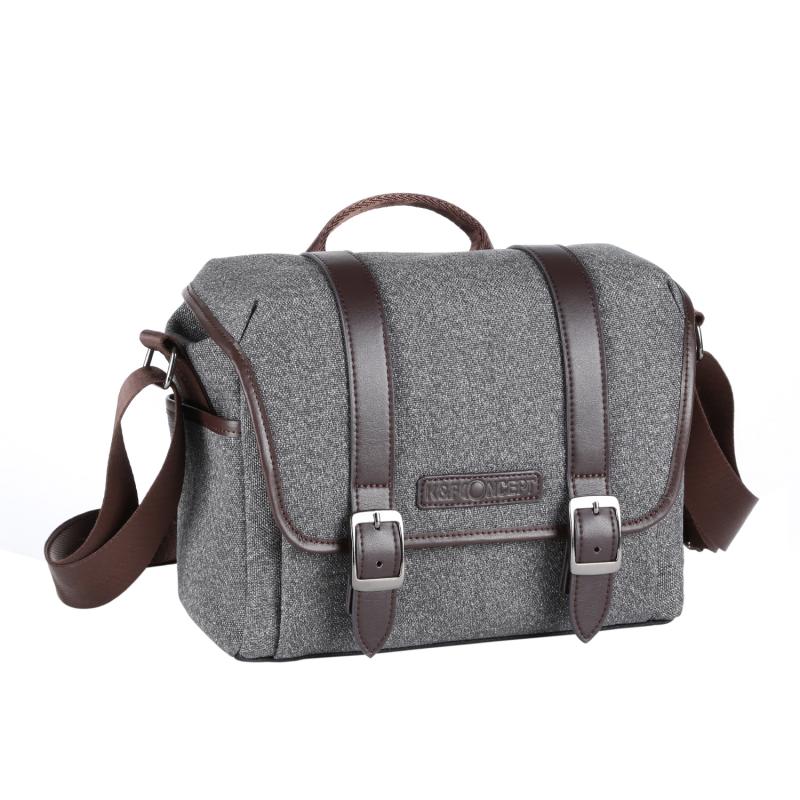
Steps to Hardwire Blink Floodlight Camera:
1. Turn off the power supply: Before starting the installation process, make sure to turn off the power supply to the area where you will be installing the Blink Floodlight Camera. This will ensure your safety during the installation process.
2. Mount the camera: Use the mounting bracket provided with the Blink Floodlight Camera to mount it in the desired location. Make sure to secure it tightly to prevent any movement or shaking.
3. Connect the wires: Once the camera is mounted, connect the wires to the power source. The Blink Floodlight Camera comes with a power adapter that can be plugged into an electrical outlet. Alternatively, you can hardwire the camera to an existing electrical circuit.
4. Configure the camera: Once the camera is connected to power, you can configure it using the Blink app. Follow the instructions provided in the app to connect the camera to your Wi-Fi network and set up any desired settings.
5. Test the camera: After configuring the camera, test it to ensure it is working properly. You can do this by using the app to view the camera's live feed and test the motion detection and other features.
Can you hardwire Blink Floodlight Camera?
Yes, you can hardwire the Blink Floodlight Camera to an existing electrical circuit. This will provide a more permanent and reliable power source for the camera. However, it is important to ensure that the power supply is turned off before starting the installation process to prevent any accidents or injuries. Additionally, make sure to follow the manufacturer's instructions carefully to ensure proper installation and operation of the camera.
4、 Troubleshooting Common Hardwiring Issues

Can you hardwire Blink floodlight camera? Yes, you can hardwire the Blink floodlight camera. Hardwiring the camera provides a more stable power source and eliminates the need for frequent battery replacements. However, it is important to follow the manufacturer's instructions and use the appropriate wiring and tools to avoid any electrical hazards.
Troubleshooting common hardwiring issues may include checking the wiring connections, ensuring the power source is compatible with the camera's voltage requirements, and verifying that the wiring is not damaged or frayed. It is also important to ensure that the wiring is properly grounded to prevent electrical shocks or damage to the camera.
In addition to these common issues, it is important to consider the location of the camera and the wiring. Outdoor cameras may be exposed to harsh weather conditions, which can damage the wiring and affect the camera's performance. It is important to use weather-resistant wiring and to protect the wiring from exposure to moisture and extreme temperatures.
Overall, hardwiring the Blink floodlight camera can provide a more reliable power source and improve the camera's performance. However, it is important to follow the manufacturer's instructions and to troubleshoot any common hardwiring issues to ensure the safety and effectiveness of the camera.




